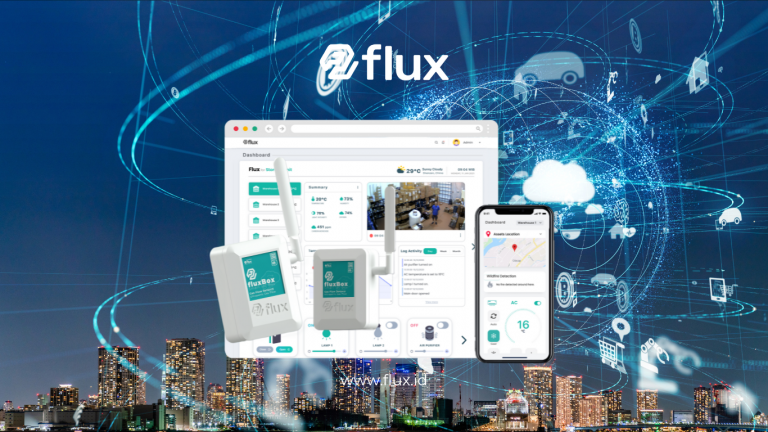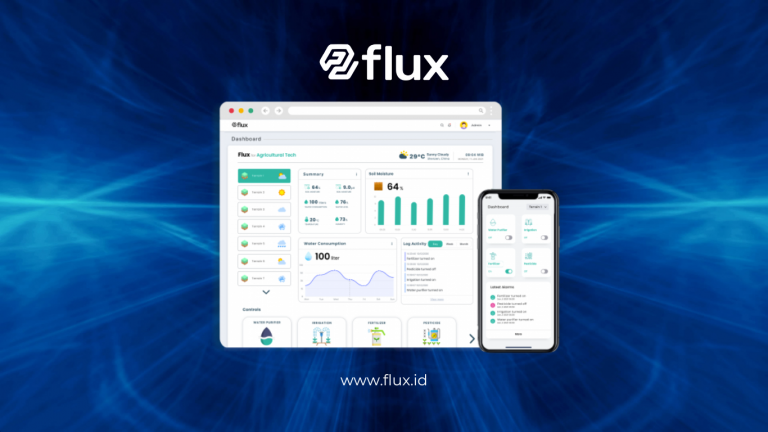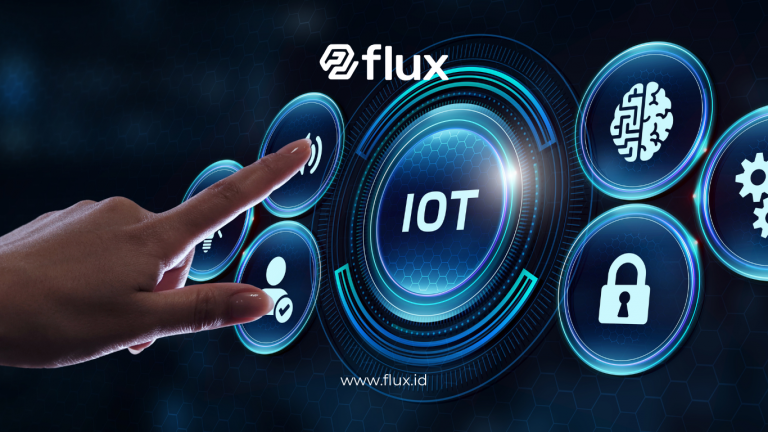Don't miss our holiday offer - 20% OFF!
In the era of modern agriculture, the Internet of Things (IoT) has brought significant changes. Farmers can now manage their land in real-time by utilizing sensors, smart devices, and internet connectivity. From monitoring soil moisture to weather analysis, IoT enables quicker and more accurate decision-making. This article will discuss how IoT helps farmers manage land in real-time, the technologies involved, and the benefits obtained.
Contents
1. What is IoT in Agriculture?
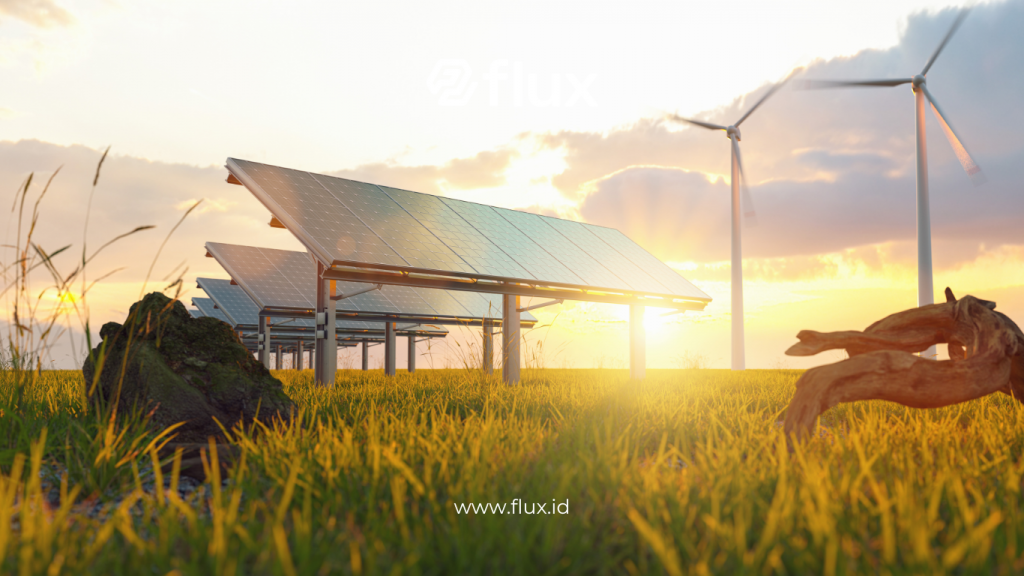
Read More: Integrating IoT Technology in Sustainable Agriculture Systems
Definition of IoT in Agriculture
The Internet of Things (IoT) refers to a system of devices connected via the internet to share data in real-time. In agriculture, IoT refers to the use of sensors, smart devices, and AI-based systems to manage and optimize farming processes.
Key Components of IoT in Agriculture
- Soil Sensors: Measure soil moisture, temperature, and pH levels.
- Drones and Robots: Monitor field conditions, plant seeds, and control pests.
- Smart Weather Stations: Predict weather patterns and provide alerts on weather changes.
- Mobile Applications: Connect farmers to data and provide real-time notifications.
2. How IoT Helps Farmers Manage Land in Real-Time?
Soil Moisture and Temperature Monitoring
IoT enables farmers to monitor soil moisture and temperature in real-time using connected sensors. This data allows farmers to determine the optimal time for irrigation. If the soil moisture is low, the system can send an automatic alert.
Smart Automated Irrigation
IoT-based irrigation systems allow water to be delivered automatically when sensors detect a lack of moisture in the soil. With this system, water is not wasted, and farmers can save on irrigation costs.
Real-Time Weather Prediction
IoT weather stations provide real-time information on temperature, rainfall, humidity, and wind speed. This information helps farmers determine the best time for planting, fertilizing, and harvesting.
Pest and Disease Detection
Drones and AI-based cameras can detect pests and diseases on crops. This data allows farmers to intervene early before the problem spreads. With real-time data, crop damage can be minimized.
Plant Health Monitoring
IoT enables plant health monitoring using drones or sensors that observe the leaves and stems of crops. The color and pattern of leaves can be analyzed to detect potential nutrient deficiencies or disease infections.
3. Benefits of IoT in Land Management

Read More: IoT in Agriculture – Reducing Waste and Boosting Productivity
Resource Efficiency
IoT enables the efficient use of water, fertilizers, and pesticides. Smart irrigation reduces water waste, while early pest detection allows for more precise control.
Faster Decision-Making
Real-time data allows farmers to make fast and accurate decisions. For example, if sensors detect low soil moisture, the irrigation system will automatically activate.
Increased Productivity and Crop Yield
With real-time soil and crop monitoring, farmers can optimize production processes. Crops grow healthier, and yields increase.
Operational Cost Savings
Using IoT in smart irrigation and pest detection reduces spending on water, fertilizers, and pesticides. Manual labor can also be minimized.
4. IoT Technologies Used in Land Management
Soil Moisture Sensors
These sensors measure the water content in the soil and provide information to automatic irrigation systems.
IoT Weather Stations
IoT weather stations include sensors for temperature, humidity, and air pressure. This data helps farmers predict planting and harvesting times.
IoT Drones and Agricultural Robots
Drones collect visual data from fields, while robots assist with planting, fertilizing, and pest control automatically.
Software and IoT Applications
IoT applications allow farmers to access data remotely via smartphones or computers. These apps provide notifications and data-driven recommendations.
5. Challenges in Implementing IoT in Agriculture
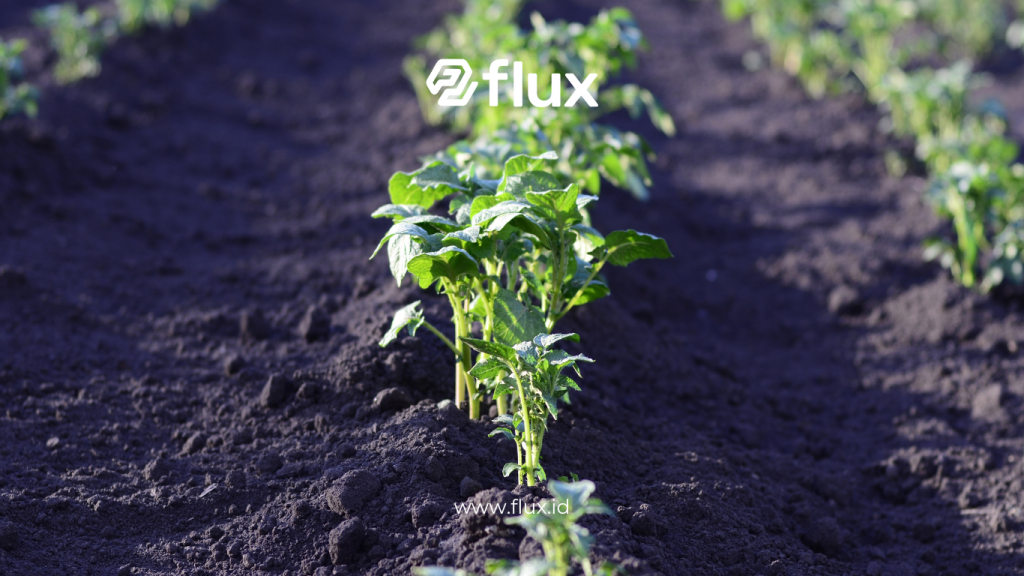
Read More: The Digital Agriculture Revolution: IoT as a Decision-Making Support
High Initial Cost
The cost of acquiring IoT devices, sensors, and weather stations is still relatively high for small-scale farmers.
Limited Internet Connectivity
Rural areas often have poor internet connections, which can hinder the transmission of real-time data from IoT devices.
Device Maintenance Issues
Sensors and IoT devices require regular maintenance to ensure they function properly.
Conclusion
IoT technology has opened up significant opportunities in managing land in real-time. Farmers can optimize the use of water, fertilizers, and labor through accurate and automated monitoring. Despite challenges in implementation, the benefits provided by IoT in agriculture are substantial. With better soil monitoring, weather predictions, and pest detection, farmers can improve productivity and land management efficiency.



